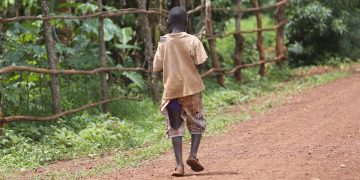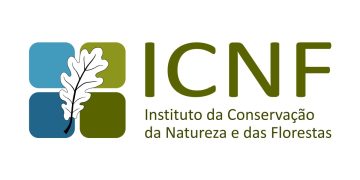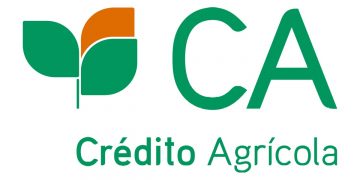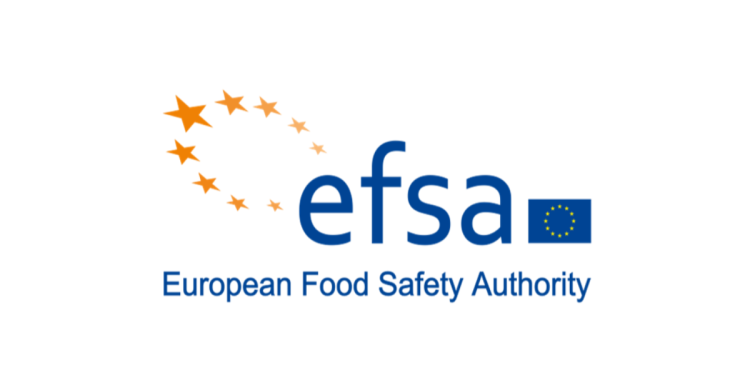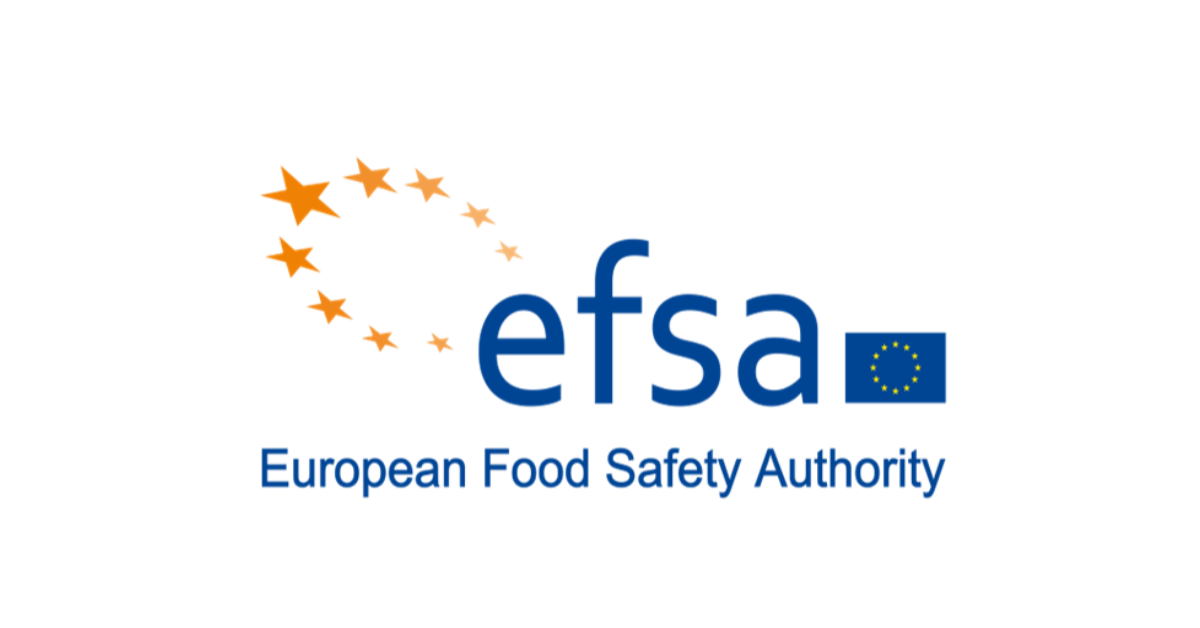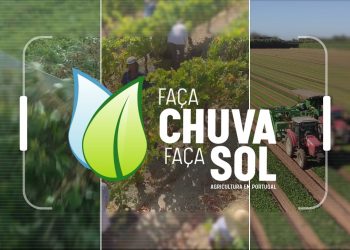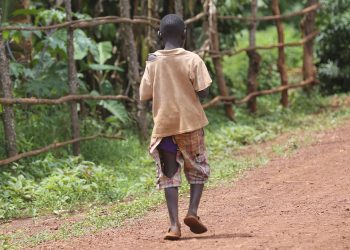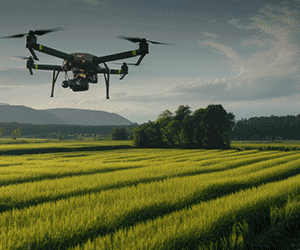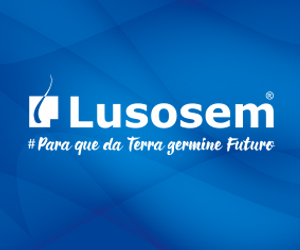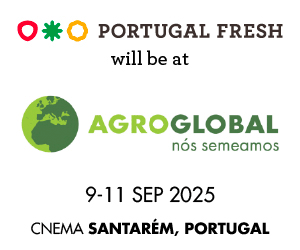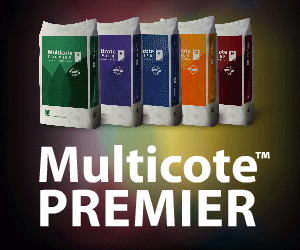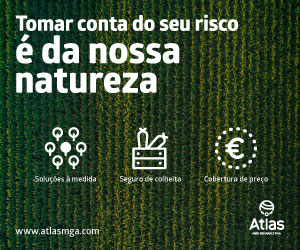Since 2022, EFSA has involved 130 experts to support the European Commission in the revision of the current list of priority pests – quarantine pests that pose the most serious threats to the EU environment and its agriculture. The assessment focused on the analysis of biological and ecological data to estimate how the pests would spread and what impact they would have if introduced to EU territory. After shortlisting the most relevant pests, 47 PESTA living organism (e.g. an insect, rodent, weed, fungus or virus) that is harmful to plants and/or their products (e.g. seeds, fruits)SPECIESA subdivision of the genus, a species is a group of closely related and similar-looking organisms; for example, in the case of Homo sapiens (humans), the second part of the name (sapiens) represents the species were examined, including the current 20 EU priority pests.
“This work contributes to improving the EU’s preparedness against the introduction of priority pests by enabling early detection and more efficient management of outbreaks,” said Sybren Vos, leader of EFSA’s Plant Health Monitoring Team. “It is a significant step towards protecting Europe’s BIODIVERSITYA term used to describe the variety of living organisms existing in a specific environment, agriculture and forestry.”
The resulting reports and datasets, comprising over 220 estimations of expansion rate and yield loss, and 150 environmental impact values , were provided to the European Commission’s Joint Research Centre to inform a model specifically designed for pest ranking. The model’s output will assist risk managers in revising the current list of 20 EU priority pests, originally adopted in 2019.
Background
Priority pests are plant pests regulated under EU plant health legislation. They have the potential to cause the most severe economic, environmental, and/or social damage. Once listed as priority pests, stronger EU-level surveillance and preparedness measures are triggered. These include mandatory annual surveys, contingency and eradication plans, simulation exercises and public awareness campaigns.
O artigo foi publicado originalmente em EFSA.

